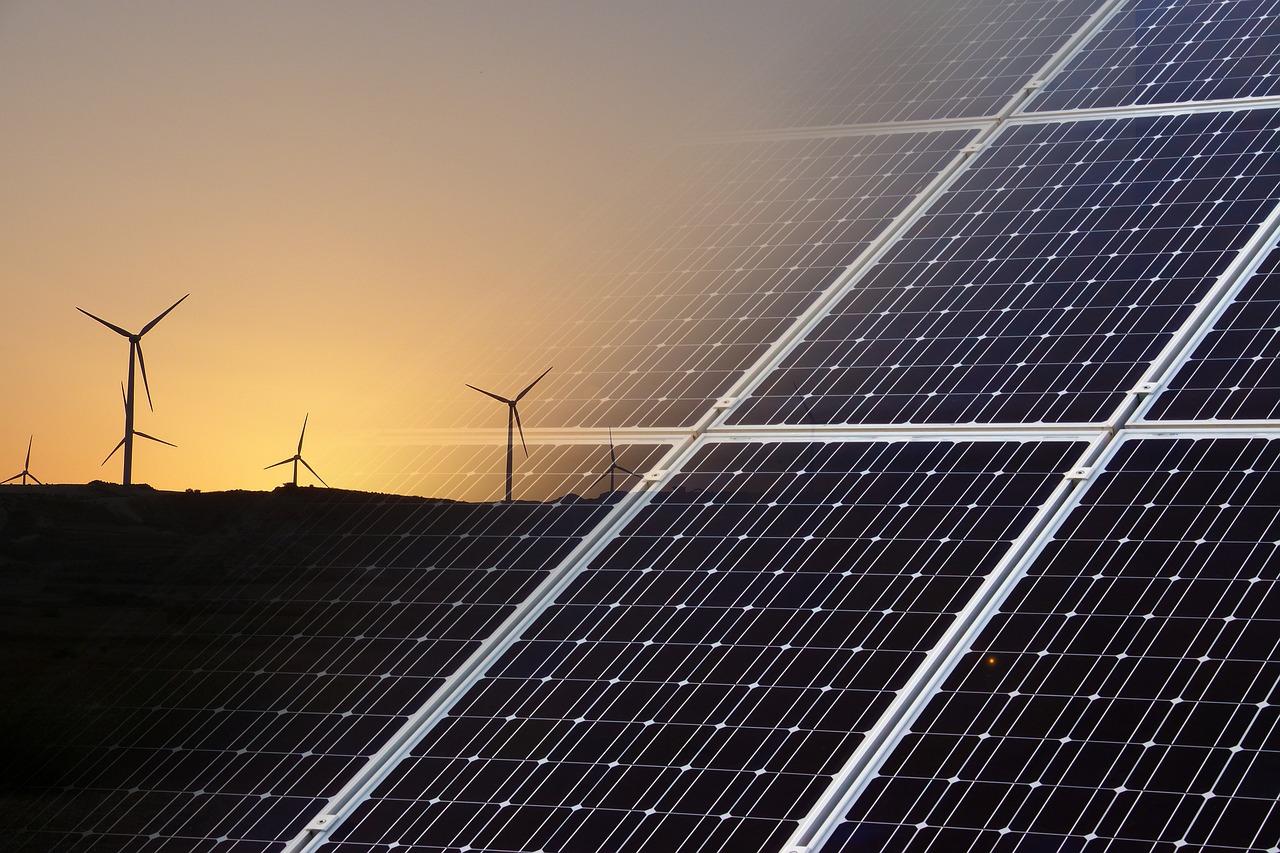France – According to a major new IEA report, the manufacturing of clean energy technologies is ushering in a new industrial age in the energy sector that is creating massive new markets and millions of jobs while also posing new risks.
As a result, nations around the world are developing industrial strategies to ensure their place in the new global energy economy.
Perspectives on Energy Technologies The newest edition of one of the IEA’s premier series, 2023, serves as the first worldwide handbook for the emerging clean technology sectors. It offers a thorough analysis of clean energy technologies currently manufactured globally, including solar panels, wind turbines, electric vehicle batteries, hydrogen electrolysers, and heat pumps. It also maps out how these technologies’ supply chains are likely to change as the clean energy transition advances in the coming years.
The analysis demonstrates that, if nations throughout the world fully implement their announced energy and climate pledges, the global market for important mass-produced clean energy technologies will be worth around USD 650 billion annually by 2030 – more than three times today’s level. Jobs in the manufacturing of sustainable energy will more than double from 6 million now to almost 14 million by 2030, and as the transitions move forward, additional fast industrial and employment growth is anticipated in the ensuing decades.
A significant regional concentration of resource mining, processing, and technology production in the current supply chains of clean energy technologies poses concerns. The three main producing nations, with China dominating all of them, account for at least 70% of the manufacturing capacity for technologies including solar panels, wind, EV batteries, electrolysers, and heat pumps. In the meantime, the majority of the mining for essential minerals is centered in a limited number of nations. For instance, just three nations—Australia, Chile, and China—produce more than 90% of the world’s lithium, while the Democratic Republic of the Congo produces more than 70% of the world’s cobalt.
Economic objectives
The implications of constrained supply chains are already becoming apparent as a result of recent price increases in clean energy technology that have complicated and increased the cost of countries’ transitions to clean energy. Prices for EV batteries increased for the first time ever in 2022 as a result of rising cobalt, lithium, and nickel prices; they increased by about 10% globally. After years of decreases, the cost of wind turbines outside of China has also been increasing. Similar trends can be seen in solar PV.
The paper points out that major economies are taking steps to incorporate their industrial, energy security, and climate policies into larger economic objectives. The European Union’s Fit for 55 package and REPowerEU plan, Japan’s Green Transformation program, and India’s Production Linked Incentive scheme, which promotes the production of solar PV and batteries, are other examples of this. China is also actively working to meet and even surpass the objectives of its most recent Five-Year Plan.
The policies that could provide them a competitive edge are being keenly monitored by investors and developers of sustainable energy projects. The project pipeline can increase quickly in an environment that is favorable to investment due to the manufacturing facilities’ typically short lead times, which range from one to three years. Only 25% of the solar PV manufacturing projects that have been announced globally are currently being built or will soon be starting. For EV batteries, the percentage is around 35%, whereas for electrolysers, it is around 10%. Where the remaining projects are implemented can be significantly influenced by market trends and governmental policies.
Global trade
ETP-2023 emphasizes the crucial importance of global trade in clean energy technology supply chains amid the regional aspirations for ramping up manufacturing. It demonstrates that around 60% of solar PV modules manufactured worldwide are traded internationally. Despite their mass, trade is crucial for EV batteries and wind turbine parts, with China currently being the largest net exporter.
The research also emphasizes the unique difficulties associated with the essential minerals required for many clean energy technologies, pointing out the lengthy lead times for establishing new mines and the requirement for stringent environmental, social, and governance criteria. International cooperation and strategic alliances will be essential for guaranteeing supply security due to the unequal geographic distribution of vital mineral resources.





